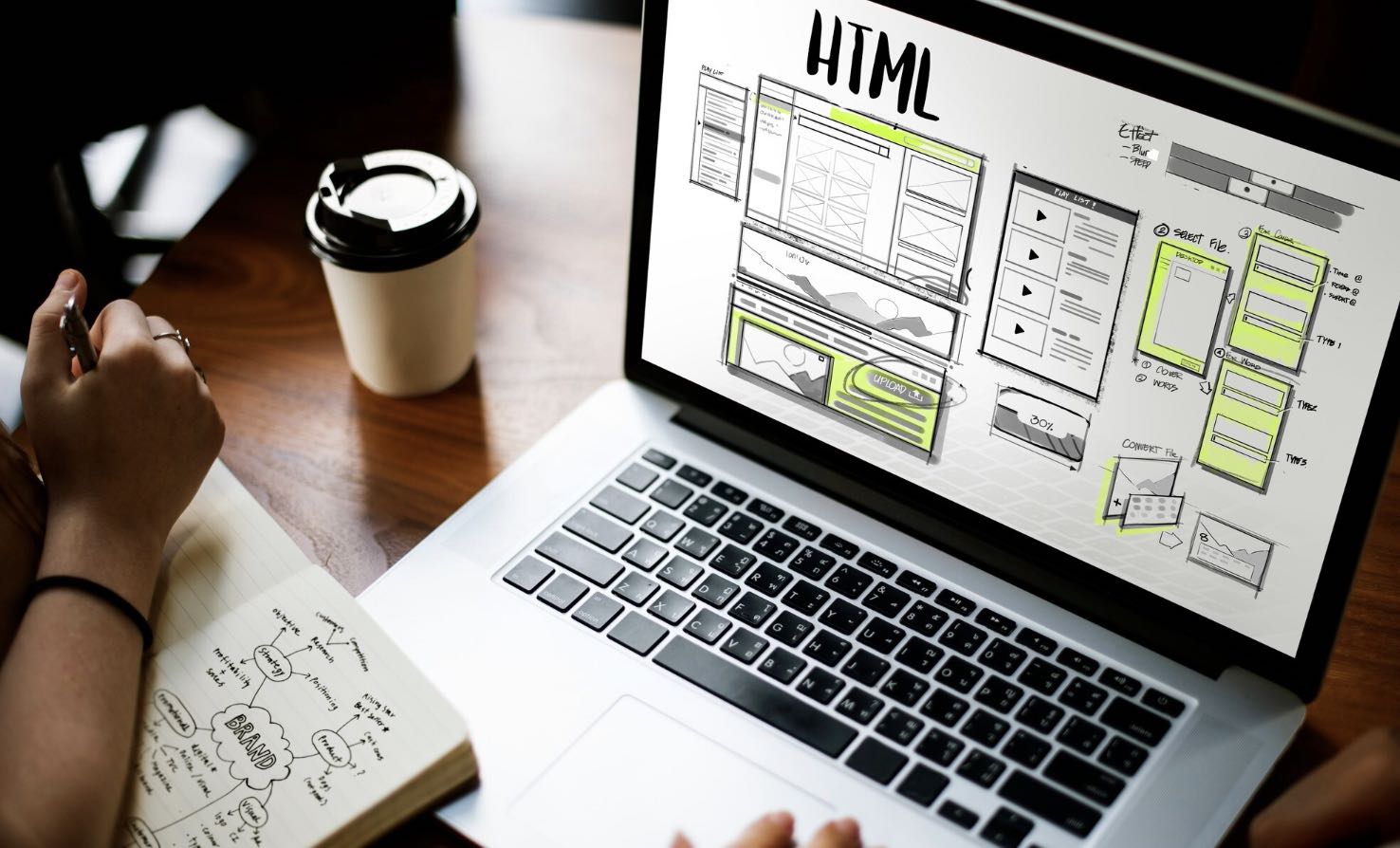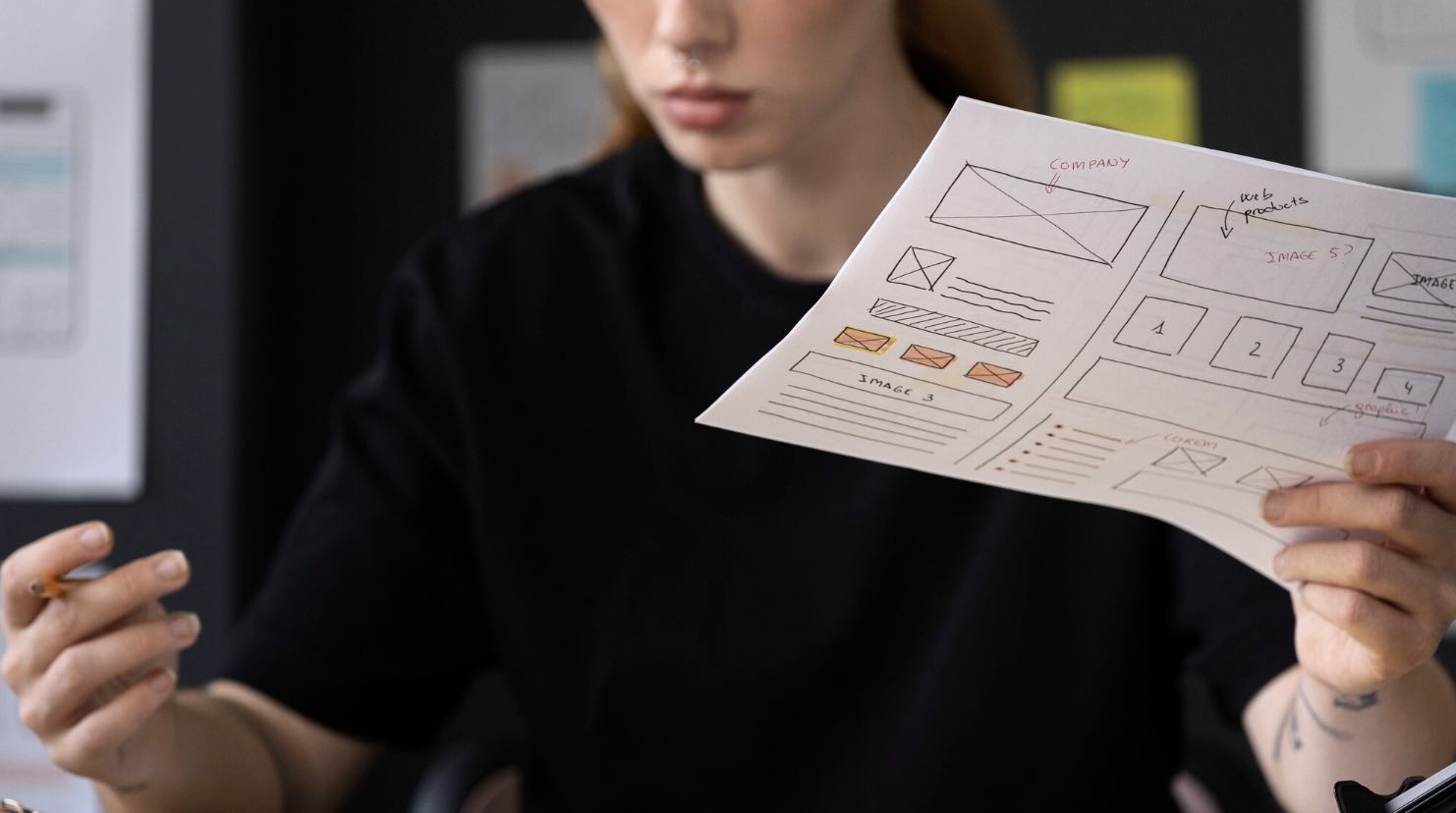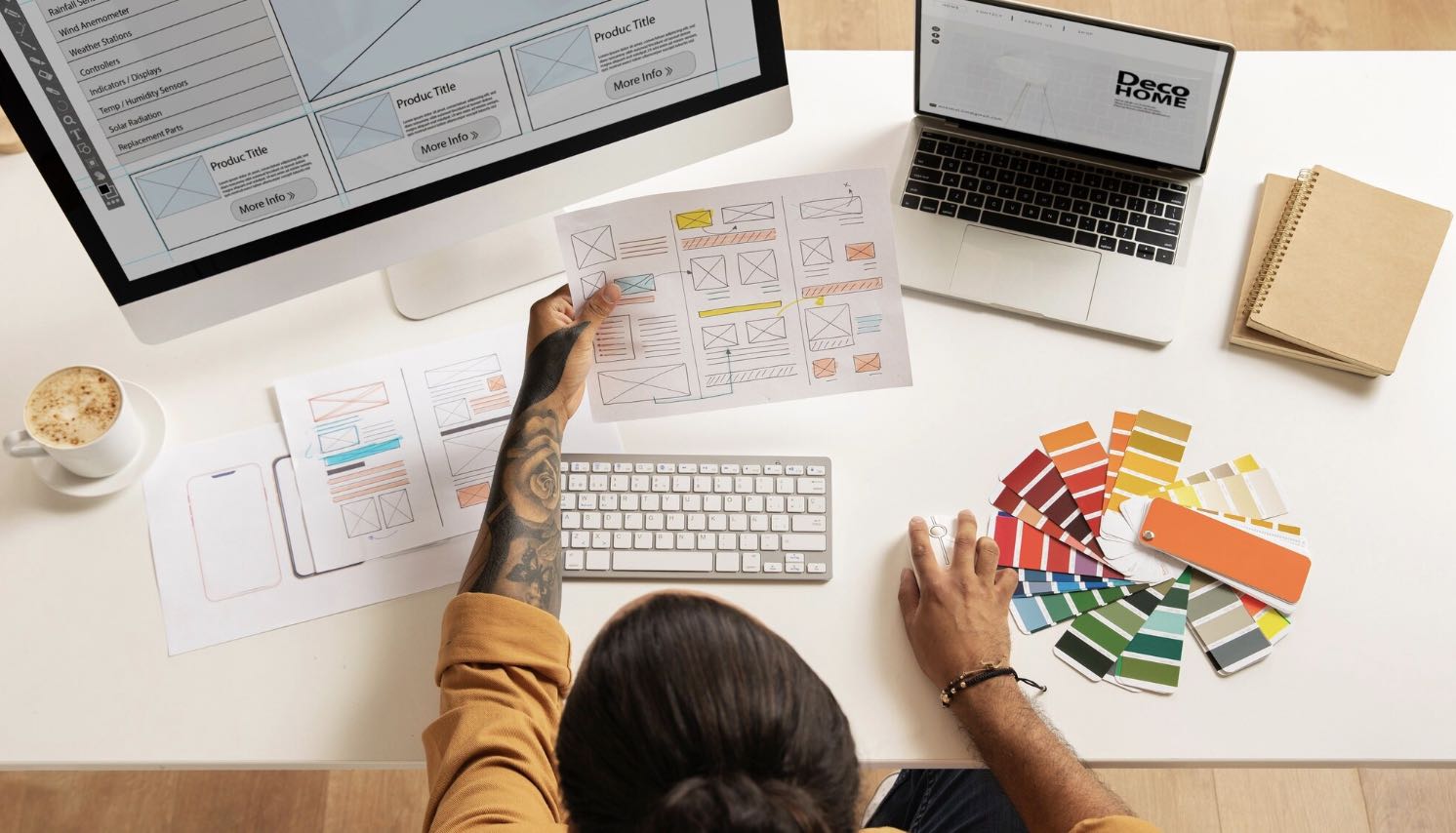
Table of Contents
- Understanding Web Design
- The Importance of User Experience in Web Design
- Constructing Effective Navigation Structures for Best User Experience
- The Role of User Interface Design in Web Development
- Creating Mobile-Friendly Websites with Responsive Web Design Techniques
- Practicing Web Design for Inclusive Accessibility
- Must-Have Tools for Effective Web Design Projects
- Driving Engagement Metrics High with Great Web Designs
- Conclusion
Share
Web design is an art and science dealing in engaging, functional, nice-looking websites. Web design encompasses a variety of elements that come together in the creation of a harmonious balance, ensuring ease of use by an end-user. Web design, therefore, plays a great role in business and also in cases of individual service providers, as it speaks volumes about user engagement, credibility, and overall site performance.
It goes into great detail to describe the chief elements of web design, the importance of UX and UI, and further the role of responsive and accessible designs, rounding up with the most important tools and tips that will enhance your site's engagement metrics further. By the end, you shall have a very good and detailed understanding of how to create an effective web design capable of captivating users' attention while bringing out most of your business objectives.

Understanding Web Design
It is a progressive web design process that incorporates planning, conceptualizing, and arrangement of the content that shall be placed on the internet. Besides, it incorporates functionality and usability elements, which must be taken into account in order to have the users participate in smooth and easy web usage. Web design encompasses all varied essential elements necessary for the creation of both attractive and functional websites, such as typography, color scheme, graphics, and navigation structures.
- Typography: choosing the right font types and face, enhancing readability, determining the tone of the site.
- Color Schemes: colors are evoking emotions and can brand a company or identity. Graphics: images, icons, videos-they all create interaction and appearance of a website.
Usability defines the readiness and ease with which any person associated with a given site can or will interact with that site. These elements are key pieces to understand when learning how to effectively design a Web site that is cohesive and professional.
The Importance of User Experience in Web Design
UX is the most important aspect of web design; it defines a process for creating customer satisfaction through enhancing usability, accessibility, and the pleasure derived from the interaction between user and product. With effective UX, users can do what they want to do on a site without friction.

Principles of Effective UX Design
- Consistency: The navigation, buttons, and layouts will become familiar-a hallmark of ease of use.
- Feedback: Return of visual or audio feedback upon every user-system interaction builds a responsive environment.
- Accessibility: A website is usable by all, even the disabled. This allows reaching more people with your content.
By paying attention to UX design, a web designer can create more engaging websites that will also amplify the satisfaction and retention rates of its users.
Constructing Effective Navigation Structures for Best User Experience
Navigation structures play a great role in creating a good user experience. A well-articulated navigation system keeps users located much faster and causes less frustration, hence improving site interaction.
Navigation Design Best Practices
- Simplicity: Menu structures should be uncomplicated as much as possible. Navigation shall be plain and straightforward.
- Descriptive labels: Menus and links are labeled so that it describes to the users where they will end up.
- Sticky menus: The menus will be there even during scrolling for the accessibility and ease of the users.
Good navigation is actually the backbone of web design. This way, navigation ensures that users won't have any problems finding their way intuitively and with ease on your website.

The Role of User Interface Design in Web Development
The UI design of any website is about the look and interaction of an interface. In fact, it deals with the creation of user interfaces that will be easily used by means of the users, will be intuitive, and will please the eye. Examples of UI design are buttons, forms, icons; all these build up the atmosphere and flow on a site.
Visual Elements That Enhance UI
- Buttons: Intuitive design of buttons, using labels as the call-to-action.
- Forms: Easy, accessible forms to input data and interact with the user.
- Icons: Well-designed icons guide and make navigation intuitive.
By paying attention to UI design, you will create an easy-to-use user interface that completely corresponds to the picture of your brand and enhances the quality of the users' experience.
Creating Mobile-Friendly Websites with Responsive Web Design Techniques
Responsive web design will make a website fit various devices, starting from smartphones and tablets and ending with desktop computers. As the use of mobiles is still growing, responsive design is not a luxury but a must-have technology in today's digital ecosystem. Some of the major reasons that keep responsive web design in consideration for developing a website include the following: High
- Accessibility: It makes sure the website opens on each kind of device.
- Improved User Experience: Mobile websites load faster and are more usable.
- SEO Benefits: Responsive website rankings in search engines go high.
Responsive design techniques will let your website turn accessible and functional on any device, hence more attractive for an audience of broader dimensions.
Practicing Web Design for Inclusive Accessibility
Web accessibility is the practice of making websites usable by people with disabilities and giving equal access to it. By practicing accessibility you are increasing your audience and building a good reputation about your brand.
Accessibility Enhancement Techniques
- Colour Contrast: The color contrast would make text readable by users who are visually impaired.
- Added Alt Text to Images: Screen readers would identify what's on the screen, including the images.
- Keyboard Navigation: Persons who have motor disabilities will be able to access all the functionalities through a keyboard.
That means catering to users' needs from all aspects while you make your website accessible. In other words, you are already creating an inclusive environment.
Must-Have Tools for Effective Web Design Projects
There are several tools that web designers depend on while designing or managing a website. With such tools, it goes a great length in making the design process relatively easy and helps in the creation of highly usable and attractive sites.
Most-Used Web Design Tools
- Figma: A solid platform for UI/UX design; used in the creation of prototypes and improving collaboration.
- Adobe Photoshop: This tool in graphic design has to do with the manipulation of images, the creation of visuals.
- WordPress: most used because it allows building and maintaining a website rather easily
Good web design is reached when the right tools applied create an effective qualitative result of the project.
Key Principles to Follow for Effective Web Designs
Guiding key principles on how the users will view the site and making it harmonious visually is good web design.
- Core Principles: Ultra-minimal design keeps distractions away and puts it in focus to users' attention.
- Visual Hierarchy: organization of elements by importance, making them take a look at certain areas first. Meaning everything in your design should have some meaningful message; there shouldn't be anything irrelevant that can make it clutterly confusing.
Apply these principles, and you'll drive out a design that's functional, appealing, and functional.

Driving Engagement Metrics High with Great Web Designs
The objective of great web designs is to make sure all the different metrics of engagement go upwards. If the users have a good time on your website, then they are off better with longer engagement.
Means Towards Better Engagement
- Quick Loading: Speed optimization of the site maintains visitor interest and ensures that bounce rates remain low.
- Clear Calls-to-Action: Clear calls-to-action, placed and making an appeal, shepherd users to take desired actions and turn more visitors into customers.
- Aesthetics: Appealing designs with user-friendly interactive widgets hold the visitor's attention.
Maintaining engagement will get you a website that not only gains more visitors but keeps them too.
Conclusion
Web design is such an important skill that contains art and technical know-how. If someone knows about elements of UX/UI, navigation, responsive design, accessibility, and mechanisms concerned, then it would be comparatively easy for any novice to construct active and accessible websites. Always remember, web design is an ongoing process to learn because trends and technologies change day by day. Keep upgrading yourself and practice as much as you can so that your skills will be whet to make an effective website.
At Epigra, we understand that a well-designed website is key to driving engagement, enhancing user experience, and meeting business objectives. Let our expert team bring your vision to life with tailored web design solutions. Explore our case studies and see how we've helped brands. Contact us today to start creating a website that not only looks great but also performs exceptionally.
.webp)
What are the most important elements of web design?
The key elements of web design include typography, color schemes, graphics, navigation, and overall usability. Each element works together to create a functional, visually appealing, and user-friendly website.
Why is UX (User Experience) crucial in web design?
UX is essential because it enhances usability, accessibility, and user satisfaction. A well-designed UX ensures that users can easily navigate and interact with the site without friction, improving engagement and retention.
What is the difference between UX and UI in web design?
UX focuses on the overall user experience and interaction with the site, while UI (User Interface) is more about the visual elements like buttons, icons, and layout that users interact with directly. Both work together to create an effective and intuitive web design.
Why is responsive web design important?
Responsive web design ensures that your website adapts to different screen sizes and devices, from mobile phones to desktops. This improves accessibility, enhances the user experience, and provides SEO benefits by making your site more mobile-friendly.
How does accessibility impact web design?
Accessibility ensures that your website is usable by everyone, including people with disabilities. Techniques like color contrast, alt text for images, and keyboard navigation help make your site more inclusive, expanding your audience and improving your brand's reputation.
“Writing is seeing the future.” Paul Valéry


